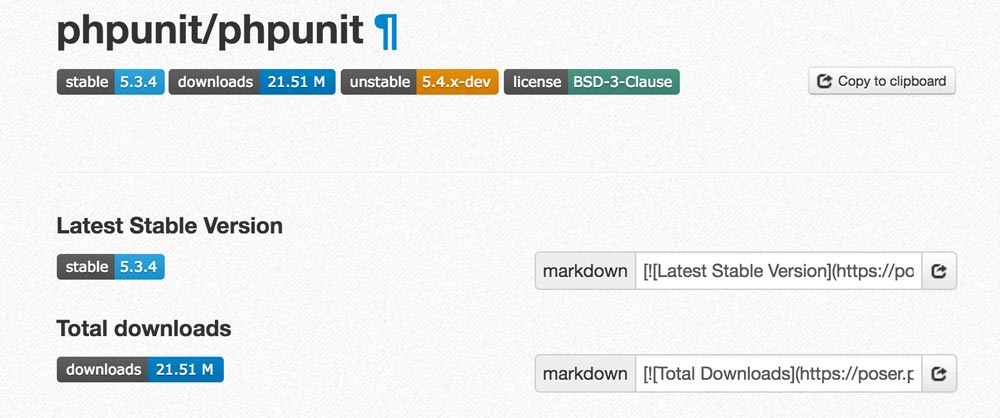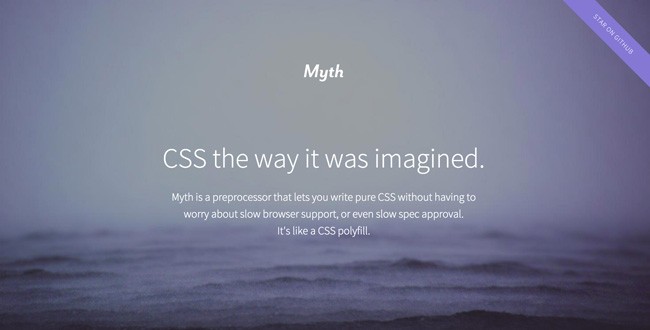How Google Tags Manager can help with website analytics
Sunday, December 4th, 2016 | Programming

I use Google Analytics to report on most my websites. It is free and they have a lot of Google-only knowledge so it makes sense to make use of them. Recently, I have also started using Google Tags Manager to make things even simpler.
Tags Manager allows you to insert code into your place once, and manage all of your analytics from a central dashboard. So instead of inserting the Google Analytics code into your page, you insert the Google Tags Manager code into your page and then you use Google Tags Manager to add the analytics code in dynamically.
What is the benefit of this? For me personally, the gain is not a huge one. For a marketer, it is a wonder. Previously, they would have to involve a developer every time they wanted to change the tags on a page. This was slow and complicated. I see this process being a problem for a lot of the clients I work with.
However, in my case, I am the developer, so the benefit is less pronounced. Even then though, less messing around with the code can be a welcome feature. Take the Leeds Restaurant Guide for example. I have Google Analytics in there. Then we started running some Facebook Ads for it, so I had to add the Facebook Pixel code in. Then we wanted to track what page features people were interested in, so I had to add some Hotjar code. By this point there are three snippets of JavaScript code in the page.
Using Google Tags Manager means I only need to insert one piece of code and can add and remove these tags without having to do a code release. I can also set up specific triggers for the tags, such as certain URLs, to easily include and exclude tags from different pages.

I use Google Analytics to report on most my websites. It is free and they have a lot of Google-only knowledge so it makes sense to make use of them. Recently, I have also started using Google Tags Manager to make things even simpler.
Tags Manager allows you to insert code into your place once, and manage all of your analytics from a central dashboard. So instead of inserting the Google Analytics code into your page, you insert the Google Tags Manager code into your page and then you use Google Tags Manager to add the analytics code in dynamically.
What is the benefit of this? For me personally, the gain is not a huge one. For a marketer, it is a wonder. Previously, they would have to involve a developer every time they wanted to change the tags on a page. This was slow and complicated. I see this process being a problem for a lot of the clients I work with.
However, in my case, I am the developer, so the benefit is less pronounced. Even then though, less messing around with the code can be a welcome feature. Take the Leeds Restaurant Guide for example. I have Google Analytics in there. Then we started running some Facebook Ads for it, so I had to add the Facebook Pixel code in. Then we wanted to track what page features people were interested in, so I had to add some Hotjar code. By this point there are three snippets of JavaScript code in the page.
Using Google Tags Manager means I only need to insert one piece of code and can add and remove these tags without having to do a code release. I can also set up specific triggers for the tags, such as certain URLs, to easily include and exclude tags from different pages.






